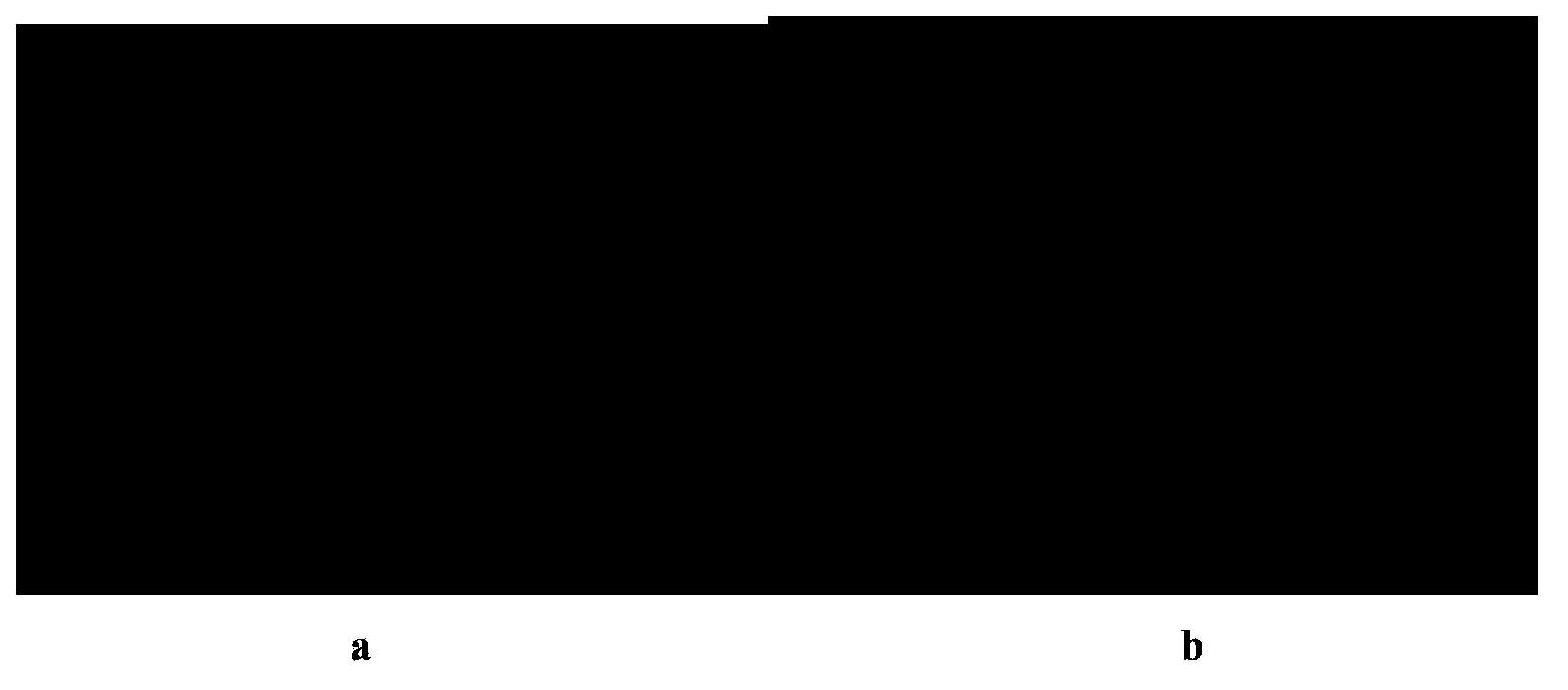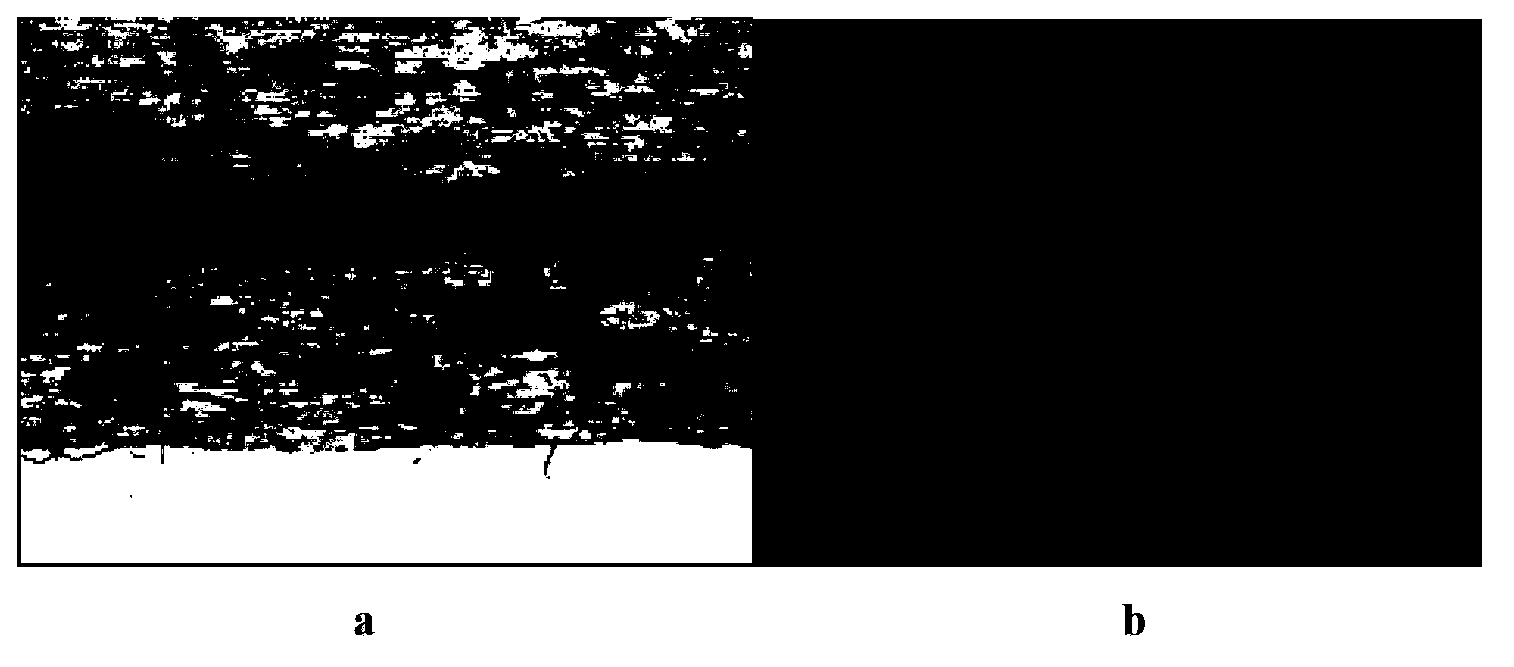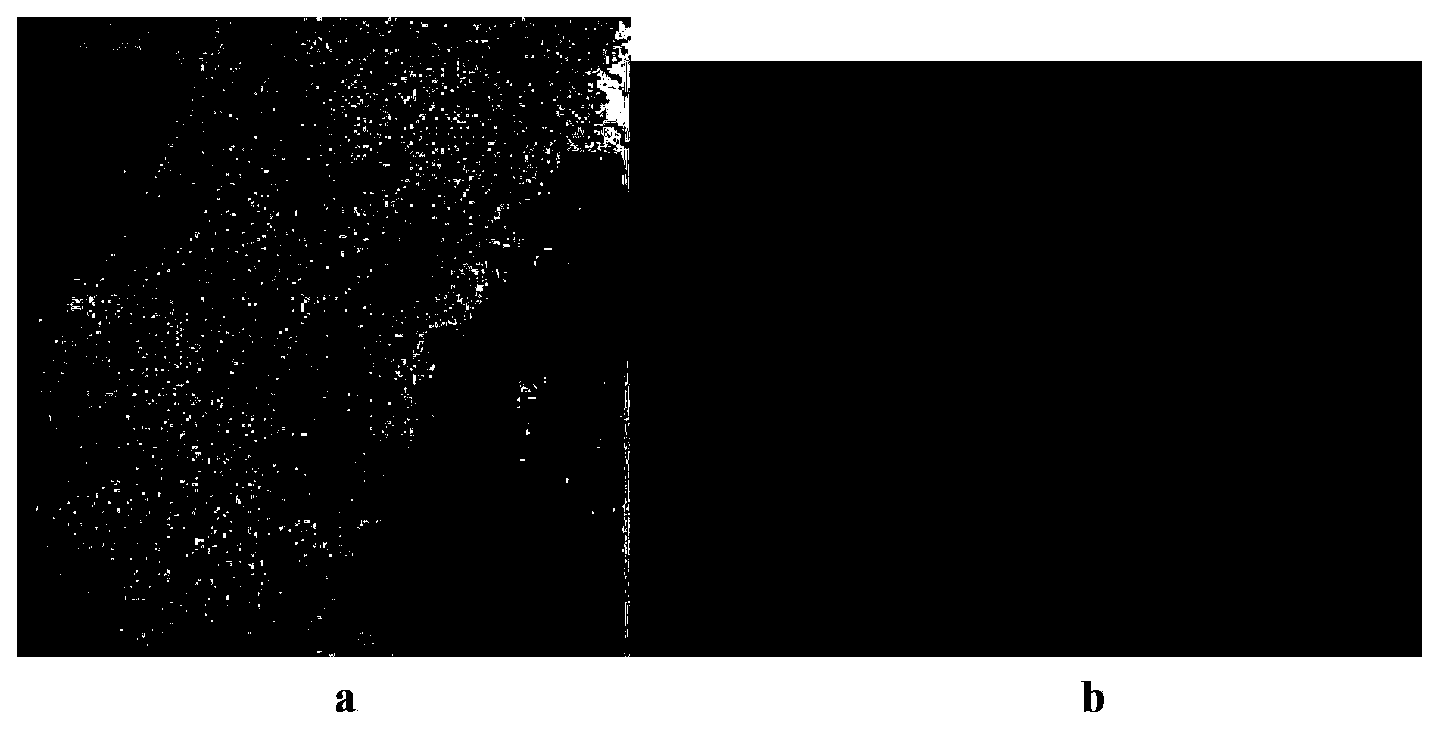Method for rapidly and efficiently dyeing arbuscular mycorrhizal fungi
An arbuscular mycorrhizal fungus, a high-efficiency technology, applied in the field of applied microbiology, can solve the problems of high definition and large contrast, and achieve the effects of enhancing layering, shortening digestion time, and improving transparency
- Summary
- Abstract
- Description
- Claims
- Application Information
AI Technical Summary
Problems solved by technology
Method used
Image
Examples
Embodiment 1
[0037] Step 1. Collection and fixation of plant root samples
[0038]In mid-August 2012, 10 young root segments of 5-10 cm from four plants were collected on the campus of Jiangsu University, put into a triangular flask filled with FAA fixative solution, and brought back to the laboratory. According to the characteristics of mycorrhizal infection, avoid taking old roots with severe lignification.
[0039]
[0040] Step 2. Root sample cleaning and digestion
[0041] The root samples in the FAA fixative solution were taken out and rinsed several times with distilled water to clean the soil on the root surface. Put the washed root samples into four conical flasks filled with 100 ml 10% (W / V) KOH solution, and mark them separately. The four triangular flasks were divided into two groups, among which the roots of Euonymus and Solidago canadensis were darker and classified into group A; the roots of sorrel and foxtail were lighter in color and were classified into group B.
[0...
Embodiment 2
[0061] Step 1. Collection and fixation of plant root samples
[0062] In mid-August 2012, 10 young root segments of 5-10 cm from four plants were collected on the campus of Jiangsu University, put into a triangular flask filled with FAA fixative solution, and brought back to the laboratory. According to the characteristics of mycorrhizal infection, avoid taking old roots with severe lignification.
[0063]
[0064] Step 2. Root sample cleaning and digestion
[0065] The root samples in the FAA fixative solution were taken out and rinsed several times with distilled water to clean the soil on the root surface. Put the washed root samples into four conical flasks filled with 100 ml 10% (W / V) KOH solution, and mark them separately. The four triangular flasks were divided into two groups, among which the roots of Euonymus and Solidago canadensis were darker and classified into group A; the roots of sorrel and foxtail were lighter in color and were classified into group B.
[...
PUM
 Login to View More
Login to View More Abstract
Description
Claims
Application Information
 Login to View More
Login to View More - R&D
- Intellectual Property
- Life Sciences
- Materials
- Tech Scout
- Unparalleled Data Quality
- Higher Quality Content
- 60% Fewer Hallucinations
Browse by: Latest US Patents, China's latest patents, Technical Efficacy Thesaurus, Application Domain, Technology Topic, Popular Technical Reports.
© 2025 PatSnap. All rights reserved.Legal|Privacy policy|Modern Slavery Act Transparency Statement|Sitemap|About US| Contact US: help@patsnap.com



